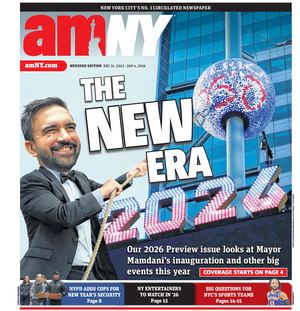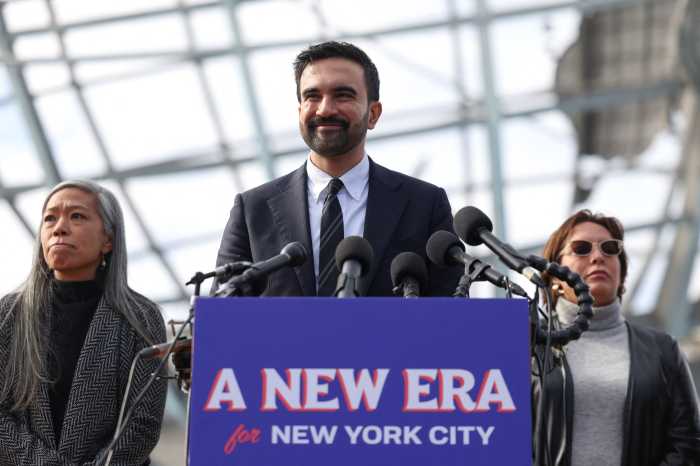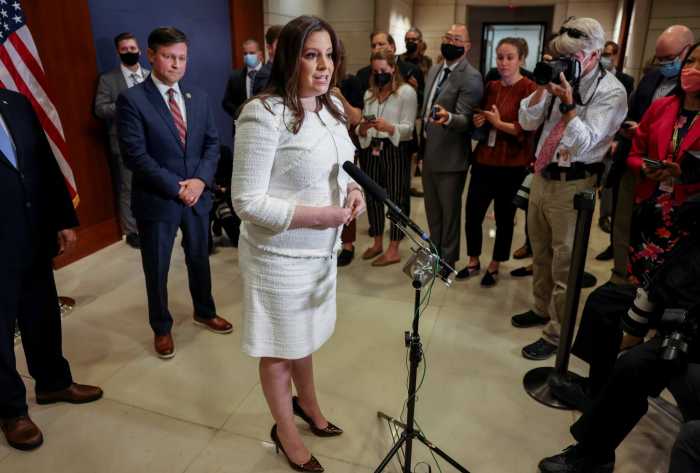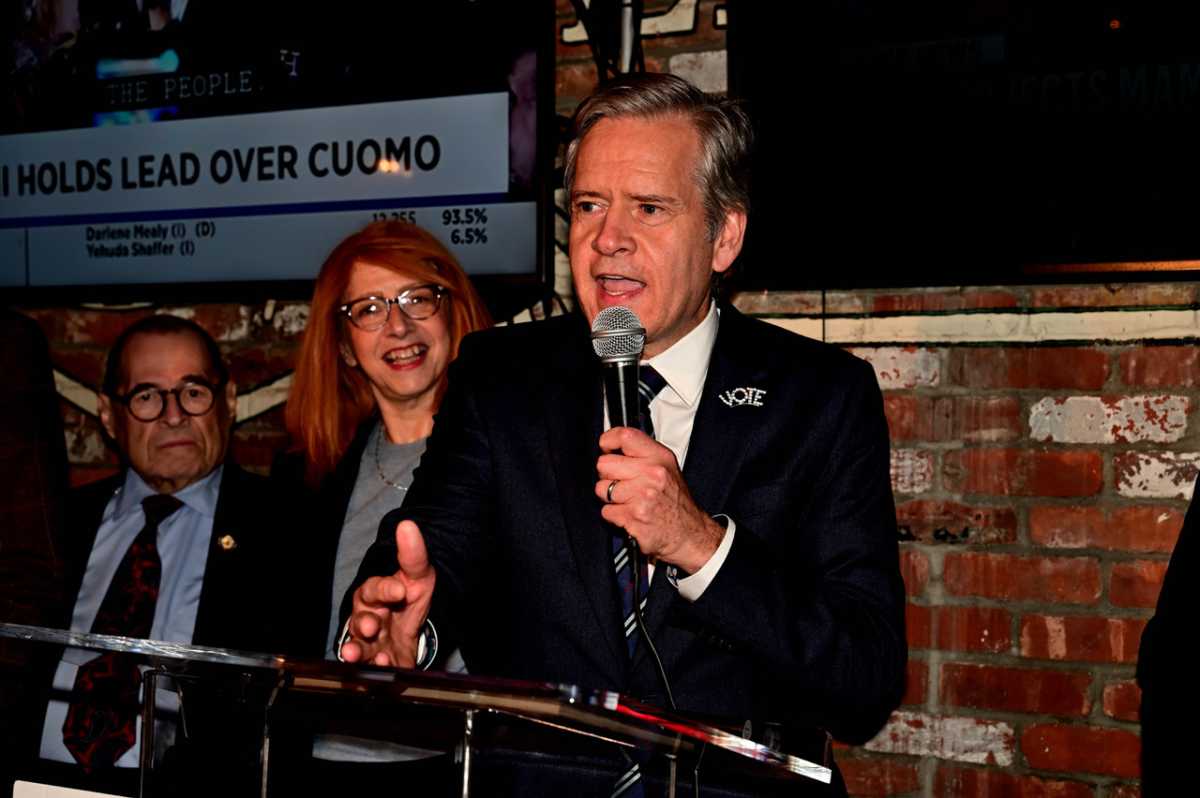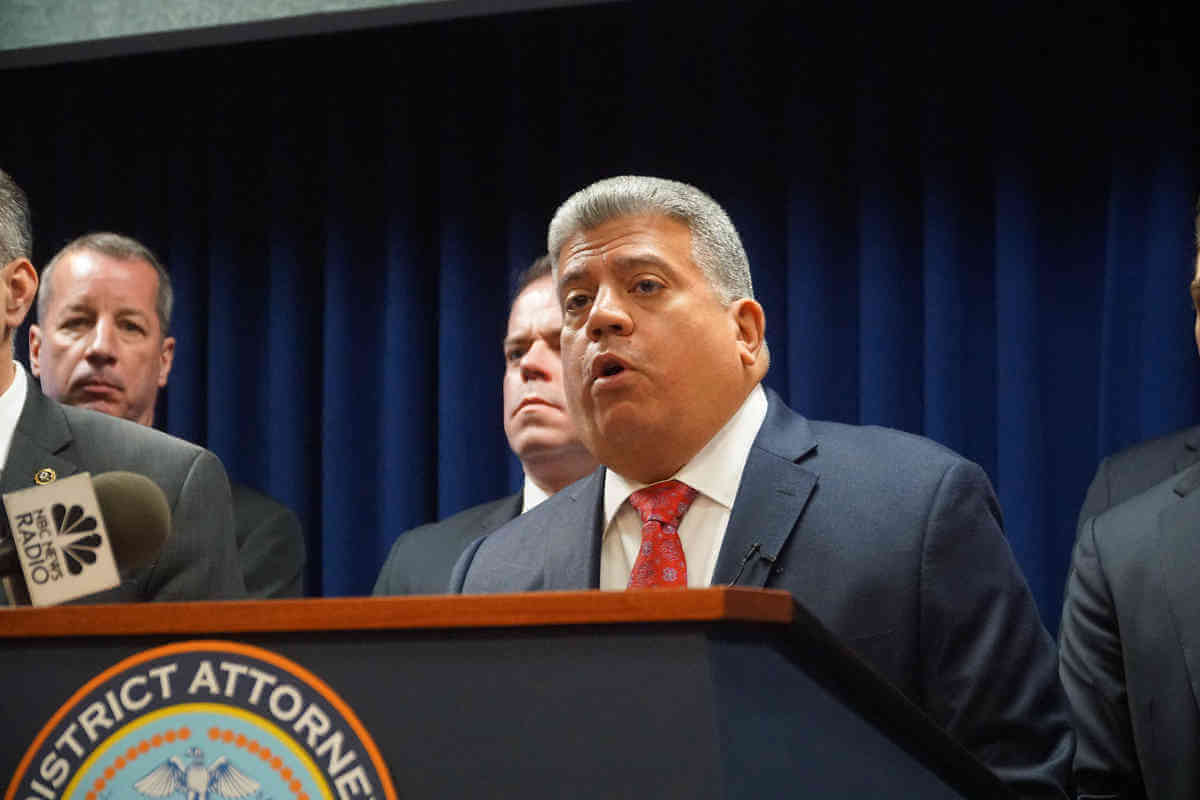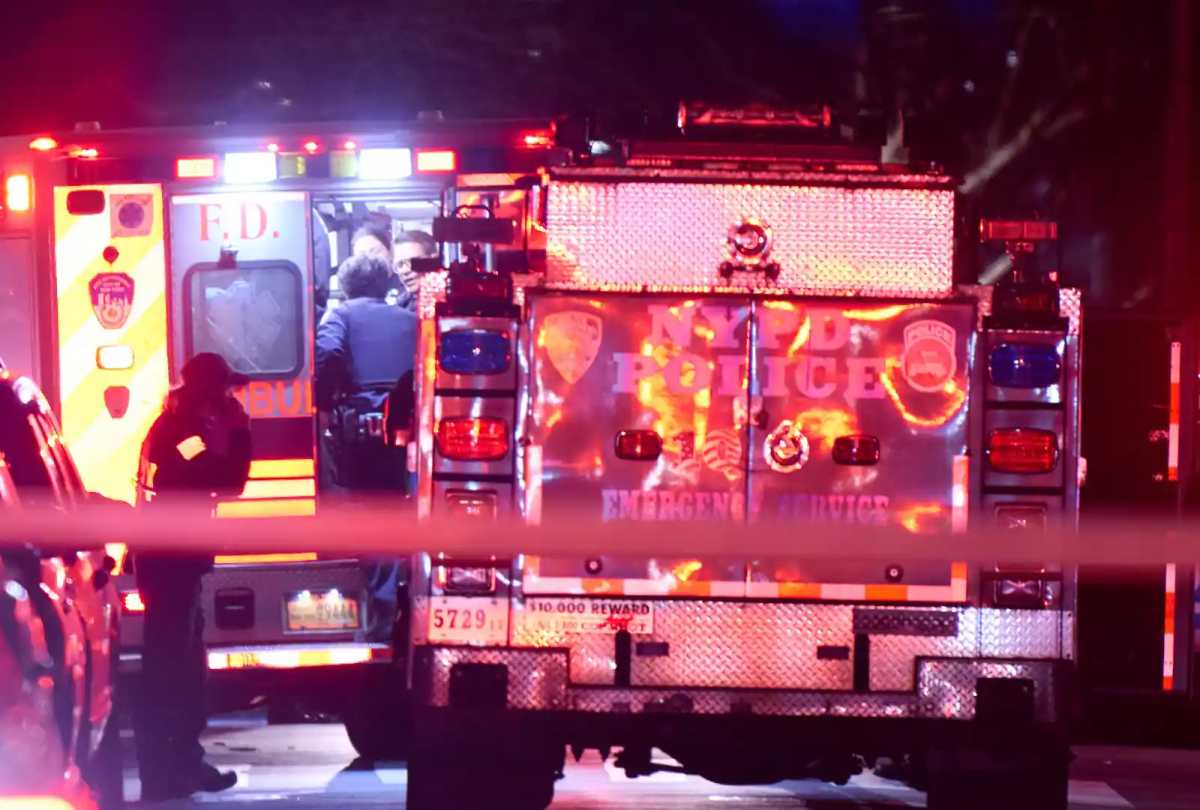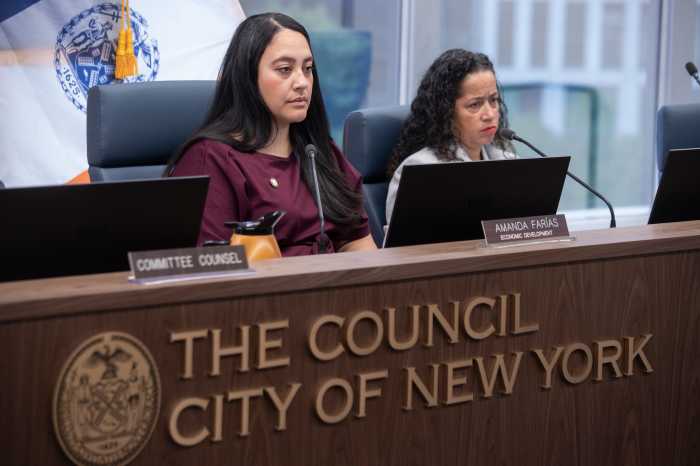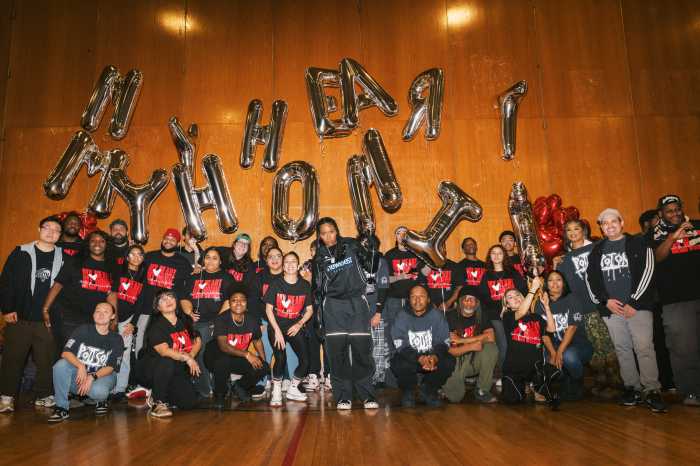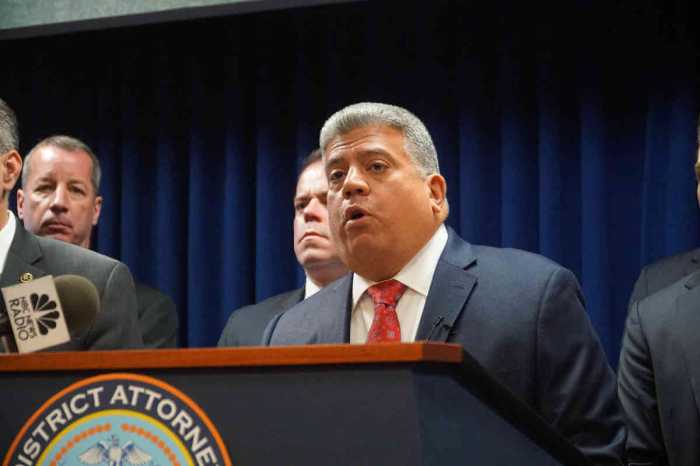Once again, a black man has been fatally shot by police.
That was the tragic outcome in Crown Heights on Wednesday, when 34-year-old Saheed Vassell was killed blocks from his home.
It’s important to focus on what brought NYPD officers in contact with Vassell. He was mentally ill, said his father, and often wandered the neighborhood. On Wednesday, he was walking around busy Utica Avenue pointing a metal object at people, according to video released by the NYPD. Multiple 911 calls described a man who seemed to have a gun. That’s how officers responded. When Vassell took what Chief of Department Terence Monahan called a “two-handed shooting stance,” four officers fired. But the object Vassell held was a metal pipe with a knob.
Mayor Bill de Blasio cited some of these facts to explain that the officers made a “tense, split-second decision.”
But questions remain about whether their decision might have been made differently, given Vassell’s mental health issues of which the officers were not apparently aware. Vassell was also a well-liked figure in the community, often seen on those blocks and cared for by friends.
Perhaps, this could have ended differently. Suppose the NYPD’s “neighborhood policing” program, which aims to build ties with communities, could have alerted officers to Vassell’s history? What if they incapacitated or negotiated with Vassell using nonlethal tools? Details of the confrontation are unclear, and an investigation has been launched by New York Attorney General Eric Schneiderman under his new powers as special prosecutor in cases in which unarmed civilians are killed by police.
That investigation will uncover more information, but in the meantime, New York deals with another tragedy. It was another difficult showdown between the NYPD and a mentally ill New Yorker, as happened when Deborah Danner was killed in the Bronx in 2016. Nationally, the country questions why unarmed Stephon Clark was fatally shot by police last month in Sacramento. These should not be common outcomes. We must find a way to end these deaths.
